About the TCA

About the Taiko Community Alliance
The TCA is a cultural arts nonprofit launched in 2013 with a specific mandate from the taiko community to ensure that the North American Taiko Conference (NATC) would continue. In 1997, the first NATC was supported by the Japanese American Cultural and Community Center (JACCC) of Los Angeles, and after a number of occurrences there, other communities stepped up to host the growing conference. Today, the TCA continues to produce NATC as well as regionally-focused NATC-R events.
With a mission to empower the people and advance the art of taiko, TCA’s broader programming includes grants, educational resources, virtual gatherings, performances, and fiscal sponsorship. TCA primarily services taiko communities in North America, but it is also in conversation and impactful within the global taiko community.
About Taiko
One of taiko’s most recognizable modern forms is called kumidaiko, meaning ensemble drumming. With origins in traditional Japanese folk music and contemporary performance styles synthesized in 1950’s Japan, kumidaiko was adopted and co-created by Japanese American communities starting in the late 1960’s, although religious uses of taiko were already established in North America. Early taiko groups flourished as performing ensembles, temple activities, and as part of the Asian American movement of the 1970’s and 1980’s. While taiko literally means “drum” in Japanese, the term has come to represent a family of musical forms which include kumidaiko, some forms of Japanese traditional music, Bon music, and perhaps genres of neofolk in both Japan and America. Taiko continues to be an important part of Buddhist and Shinto religious ceremonies, too.
Today, taiko in North America (or the Americas at large) remains an important part of Asian American culture and its musical traditions. It is used as a tool of collective memory as well as a locus for solidarity with other cultures and American experiences. As taiko gains popularity in new communities and spaces, there is both the potential for the loss of specific histories as well as the potential to shape new futures guided by the principles forged through the immigrant experience, the Japanese American Incarceration, and celebrations of joy.
One of the TCA’s core values is respect for both the Heritage and Evolution of taiko, recognizing that taiko’s past and its future are intertwined. Taiko is both an old and new art form, connecting generations of experiences and players. In supporting taiko, the TCA strives to honor and share the many histories of taiko as well as imagine wonderful new futures together through music.
Synthesis/Perspective by Gregory Wada, TCA Conference Manager
Living Traditions
Taiko music has been present in North America for over 50 years. Many North American taiko pioneers were community organizers and activists in a period of American history where civil rights were forefront. For Japanese Americans dealing with the political and interpersonal trauma of Incarceration during WWII, taiko music became a voice for their contemporary experiences and a way to connect across generations. Many early taiko groups were programs of Japanese American Buddhist temples, often as a youth activity.
Furthermore, the Immigration and Nationality Act of 1965 reopened immigration from Japan after a long period of restriction dating back to early-20th century racial exclusion acts. This new wave of Japanese migration (shin-issei , new first-generation) intersected with many places and institutions of a Japanese America already in its third generation. Kumidaiko, ensemble drumming, had already become a contemporary folkloric art in Japan, starting there in the 1950’s. The exchange of people between Japan and Japanese America, through migration and religious instruction for Buddhist ministers, brought a new interest and model for taiko to grow in North America.
In a globalizing world, there was a growing interest in “world music” both in the academy and popular music, leading to more opportunities to learn through residencies, fieldwork, and industry/creative work. Tours of Japanese Taiko ensembles in North America sparked interest in the art form. With the development and proliferation of the wine barrel taiko, initially by Buddhist temple communities, it became cheap and relatively easy for motivated groups to make their own equipment. These combined factors led to a rapid growth of the art form in North America, in different contexts, places, and communities.
The North American Taiko Conference (NATC), initially a project of the Japanese American Cultural and Community Center (JACCC) in Los Angeles, began in 1997 through the efforts of visionaries that saw the potential for taiko as a growing art form and cultural practice. In a far less digitally-connected era, these conferences were hubs of knowledge-sharing for taiko technique, repertoire, and drum-making. In many ways, these intentional gatherings of players have built a network of practitioners (the “taiko community”) that are deeply interconnected.
As taiko continues to grow in popularity around the world, there are many new communities of players. The NATC program continues to connect the many neighborhoods of taiko, and now includes a regional series, NATC-R, that focuses on bringing the benefits of gatherings to specific places and communities who request it. Even in an age of abundant online information, taiko gatherings continue to be places where practitioners cultivate techniques, discuss histories and values, empathize with other players, and build community together.
Synthesis/Perspective by Gregory Wada, TCA Conference Manager
TCA is the first nonprofit outside of Japan with a mission to provide art services and resources to taiko practitioners
TCA Brief History and Milestones
1997: First North American Taiko Conference (NATC) held in LA by Japanese American Cultural & Community Center (JACCC).
2012: Fiscal sponsor for NATC, JACCC, cancels 2013 NATC.
August 23-25, 2013: Launch meeting held at Stanford University to collectively establish TCA and its purpose and goals.
November 2, 2013: Taikothon launched in San Jose, California.
2014: Granted 501(c)3 status based in San Jose, California. Hired first ED, Bruce Davis.
June 11-14, 2015: First TCA-operated NATC is held in Las Vegas, NV. Elise Fujimoto, conference coordinator.
August 2015: Staff, ED and Conference Coordinator, released due to lack of financial resources after NATC.
August 10-13, 2017: 10th NATC held in San Diego, CA. Terry Nguyen, conference coordinator.
2018: 50th Anniversary Projects launched. Five-year strategic framework adopted.
August 9-11, 2019: NATC held in Portland, OR. Terry Nguyen, conference coordinator.
August 2019: Advisory Council formed.
October 2019 - December 2019: Susan Yuen and Linda Uyechi review TCA infrastructure; recommend Shift, Sprint, and Invest.
March 2020: Coronavirus pandemic begins. TCA responds.
April 2020: TCA hires staff.
August 2021: TCA hosts its first-ever virtual conference Beyond the Drum.
July 2022: TCA hires its second Executive Director.
Nov 2022: TCA hires new staff to add to our growing org.
June 2023: TCA launches its first-ever NATC-R (regional) in Hilo, Hawaiʻi.










